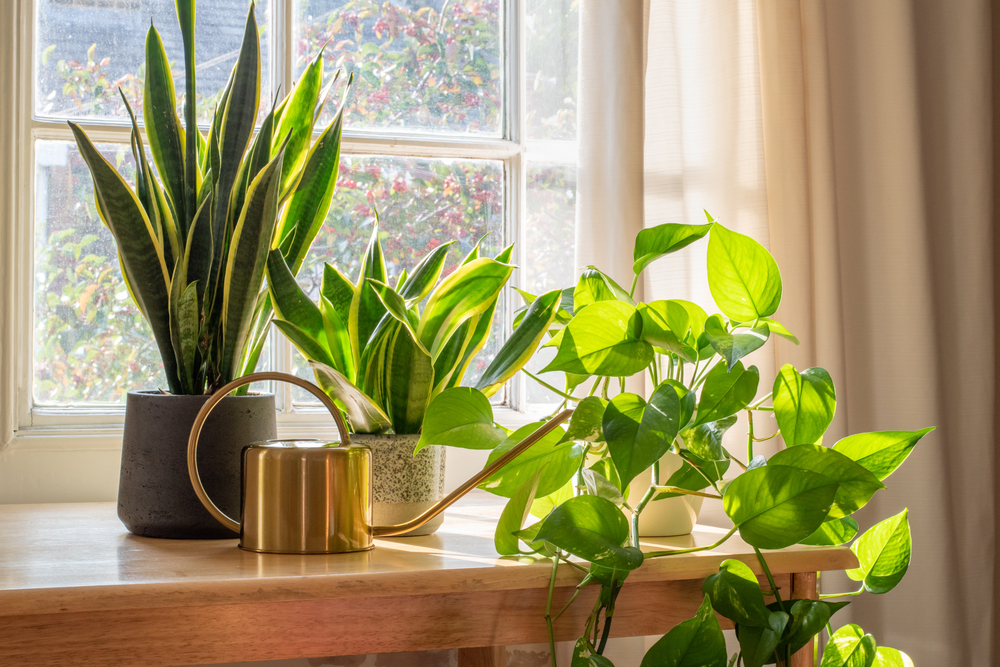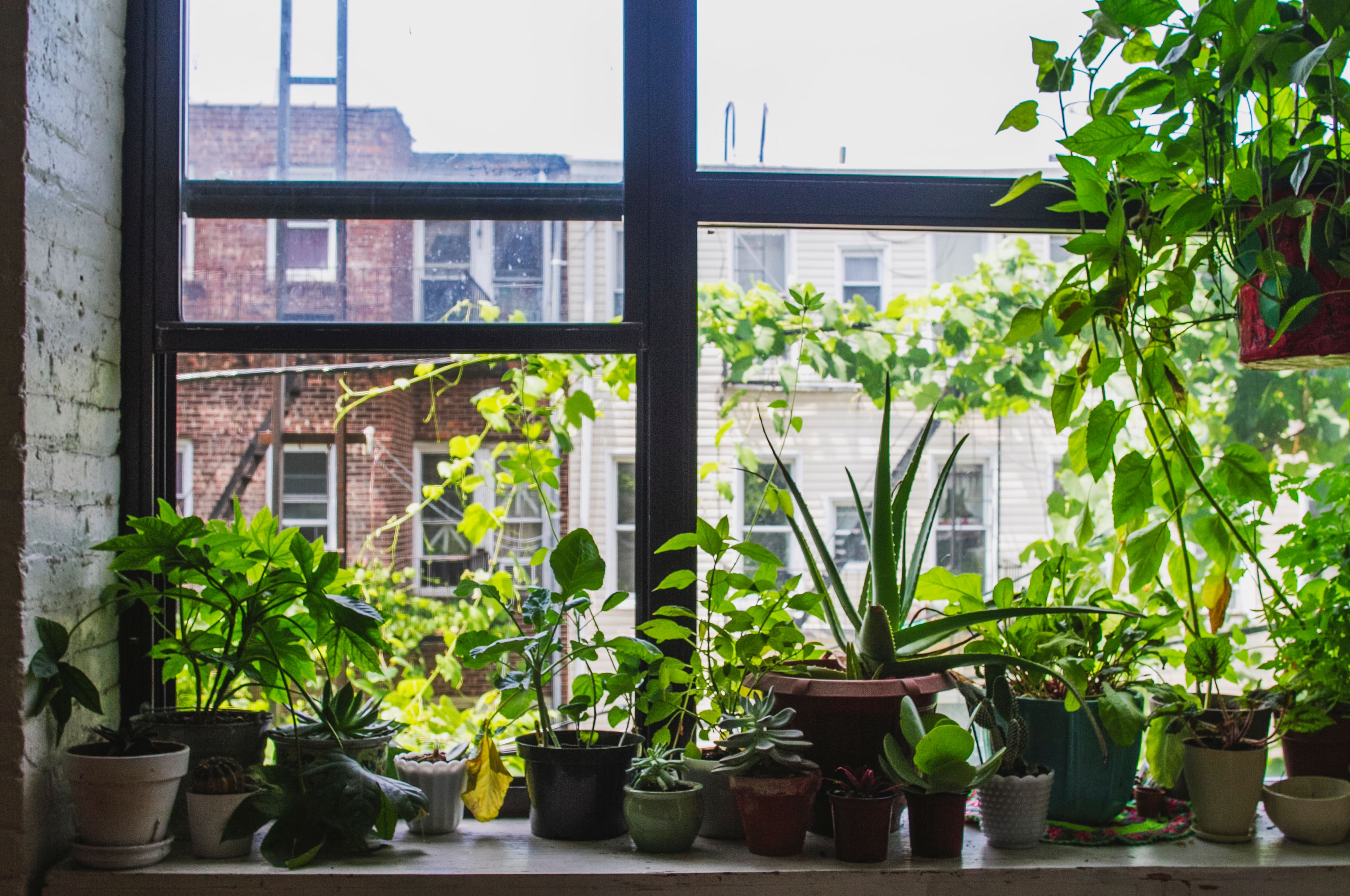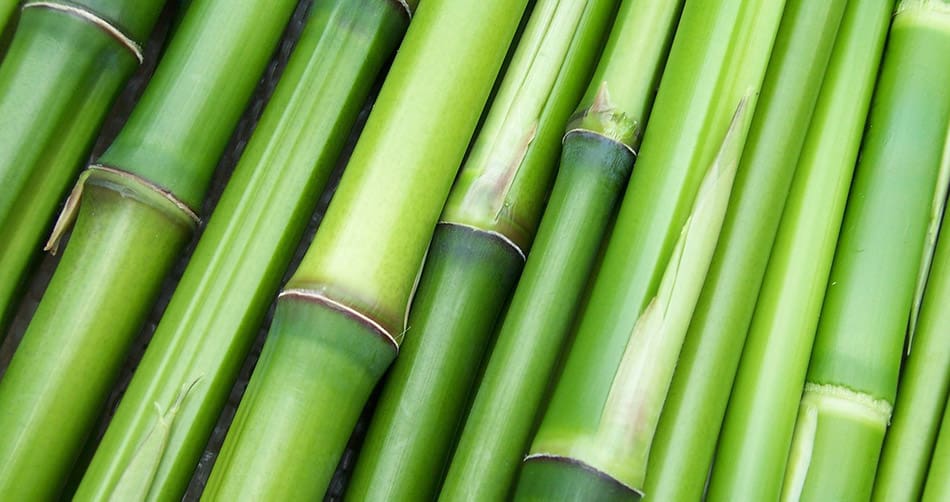Your Ultimate Guide to Thriving Apartment Plants: Easy Tips to Grow Green Joy

Apartment Plants, Demystified: The Ultimate Guide From a Real Plant Lover (and Occasional Plant Killer)
Walk into any stylish apartment and you’ll spot them—lush green leaves catching the sunlight, a trailing vine draping off a bookshelf, that resilient little succulent by the bed. But behind every thriving houseplant is a story of trial, error, googling things at midnight (“why are my leaves turning brown?”), and—eventually—small victories. I’ve been there: lived in north-facing basement studios, overwatered more than one fern to death, and finally found what works. Consider this your no-nonsense, everything-I-wish-I-knew guide to thriving apartment plants—crafted from years of hands-on experience, research (including actual plant scientists), and hard-won wisdom.

1. Why Plants Matter in Apartments (and What Most Guides Miss)
It’s not just about decoration or Instagrammable moments. Research-backed benefits of apartment greenery include:
- Cleaner air: NASA’s 1989 Clean Air Study famously showed snake plants, pothos, and spider plants can reduce airborne toxins like formaldehyde and benzene in small but meaningful ways.
- Stress relief: A 2015 study from the Journal of Physiological Anthropology found caring for indoor plants can lower blood pressure and boost mood—even just five minutes of pruning calms frazzled nerves.
- Better sleep & productivity: Anecdotally (and in several workplace studies), people surrounded by living green report better focus—and I’ve personally slept more soundly with a peace lily near my bed.
But here’s what you often don’t read: Not every apartment is a plant paradise. That’s why tailored solutions matter more than basic tips.
2. The Apartment Ecosystem: Numbers, Constraints & Realities
Here’s where experience kicks in. Let’s talk specifics:
Light
- A south-facing window gives up to 10x more light than a north-facing one (measured with phone apps like Light Meter or even your camera exposure).
- If you get less than 1–2 hours of direct sun per day? Focus on “low light” champions like ZZ plant or Sansevieria.
- Note: LED grow bulbs (like GE’s Balanced Spectrum) cost under $20 and triple your placement options.
Space
Measured my last studio—window ledge was exactly 24" wide x 6" deep. Solution? Multipurpose wall hooks ($8 for a 4-pack at Target) for hanging baskets over radiators or doors (no drilling required).
Time/Attention Span
If you check soil once a week? Safe bets = snake plant (water < every 14 days), pothos (weekly max), peperomia (weekly with plastic pots; every 4 days for terracotta).
Pets & Safety
ASPCA lists dozens of common houseplants as toxic to cats/dogs; after an expensive vet visit when my kitten gnawed on dieffenbachia in 2017, I never skip checking their list now.
3. Step-by-Step: Start Your Urban Jungle Without Getting Overwhelmed
Step One: Investigate Your Light Like a Detective
Start at 9am, noon, then again at dusk. Notice where sun hits directly vs stays in shadow all day—I use painter's tape on window edges for reference!
Unexpected Tip:
Hold your palm six inches above the spot—if your hand casts a defined shadow it counts as bright light; blurry shadow = medium; almost none = low light.

Step Two: Choose Battle-Tested Starter Plants
Skip succulents unless you have blazing sunlight—they languish in dim rooms! After dozens of starts/stops across six apartments (from basement to top floor), here are real winners:
| Plant Name | Light | Water | Personal Note |
|---|---|---|---|
| Snake Plant | Low–medium | Every 2–3 weeks | Survived my three-week trip! |
| Pothos | Low–medium | Weekly | Grows even when neglected |
| Spider Plant | Bright-indirect | Weekly | Fastest to rebound from wilt |
| Peperomia | Medium | Weekly | Never had pest issues |
| Cast Iron Plant | Low | Every 2–3 weeks | Thrives on benign neglect |
Failed First Attempt: My first aloe vera turned mushy after three months because my east window was too shady—that lesson stuck!
Step Three: Gather Essentials Without Overspending
You don’t need fancy tools—but some basics help:
- Plastic nursery pots ($1 each) + decorative cachepot if desired
- Well-draining potting mix with perlite added (~30% by volume)
- Chopstick—for loosening compact roots when repotting
- Clean old t-shirt for wiping leaves (microfiber holds too much dust)
Pro tip: IKEA self-watering pots cost under $10 and saved my basil during August heatwaves.
4. Avoiding Classic Apartment Plant Mistakes
Here's how I tripped up early—and how you can sidestep those pitfalls.
Overwatering Is The #1 Cause Of Death (Statistics Back This Up)
A study by University of Vermont extension found 72% of failed houseplants were overwatered! Why? Because dry surface doesn’t mean dry roots.
Fix:
Insert your finger up to second knuckle—a cool touch means wait another day before watering. For tech lovers: an inexpensive moisture meter ($12) works wonders but isn’t essential if you consistently finger-test.
Skipping Drainage Holes = Slow Motion Disaster
I once lost three calatheas because cute decorative planters trapped water inside.
Solution: Always double-pot—a plastic nursery pot inside anything pretty means easy drainage checks and root inspections.
Ignoring Pests Until It's Too Late
My worst infestation started after bringing home a new dieffenbachia from a big box store—three weeks later spider mites hopped to all nearby plants.
Now? Quarantine newbies for two weeks away from others; check leaf undersides weekly with magnifying glass if possible.
5. Creative Solutions For Small Spaces And Busy Lifestyles
Having coached friends through high-rise apartments AND written city gardening workshops since 2020, here are strategies that work even in tight quarters:

The Vertical Revolution
Wall-mounted racks (Umbra Triflora is $40 but fits three trailing plants above windows) free up counters instantly.
Repurposed bookshelves transform into multi-tier jungles—I stack “cube” shelves ($15 IKEA Kallax inserts) vertically for maximum real estate.
For renters: Use stick-on command hooks + macramé hangers instead of drilling shelves.
Propagation As Therapy (& Free Decor!)
Snip pothos or philodendron shoots below leaf nodes; stick them in recycled glass jars filled with tap water. Roots usually appear within two weeks—even faster atop warm appliances like fridges!
Once roots hit two inches long? They’re ready for soil—and gifting baby plants turns novices into lifelong enthusiasts fast.
Dialogue Moment: My neighbor Kate scoffed at growing “free” new pothos until she tried one cutting herself…her bookshelf now looks like something from Architectural Digest!
6. Soil Science & Fertilizer Hacks Few Discuss
Pre-mixed generic soil is fine for most beginners—but tweaking ratios makes life easier as collections grow:
- For drought-lovers (snake plant): Mix half cactus blend + half standard potting mix.
- Fussy tropicals (calathea/ferns): Add extra coco coir or peat moss for moisture retention.
- For minimalists: Osmocote slow-release pellets offer six months of gentle feeding without constant liquid fertilizer fuss.
And remember—the only time fertilizer should be skipped is winter dormancy unless using strong grow lights year-round!
7. Tech & Tools That Actually Make A Difference
After testing dozens over years:
- Moisture meters – Useful but not mandatory; good backup if you'll be away longer than usual.
- Grow lights: GE Grow Light LED bulb screws into any lamp (~$12–18); choose “balanced spectrum” over purple for human-friendly aesthetics.
- Wicking/self-watering systems: Blumat watering stakes ($20/pair) keep roots hydrated during week-long vacations.
- Apps: Planta app sends customized reminders—not perfect but excellent training wheels for new routines.
Biggest waste? Expensive designer misters—they rarely outperform simple spray bottles from hardware stores ($3).
8. Real Apartment Success Stories & Learning Moments
Let me spotlight four real-life setups I've helped design—or lived with myself since moving around NYC/Boston/Toronto over the past decade:
Studio Sanctuary With One North Window
Sophia's north-facing unit seemed hopeless until we tested her window's consistent indirect light using her iPhone lux meter (~100 lux midday). She started with cast iron plant + pothos trailing off floating bookshelves; now even has maranta prayer plant that folds its leaves each night ('like it's saying goodnight!’).

Pet-Proof Greenery On A Budget
As someone whose rescue cat can leap five feet (!) onto tables—I swapped all questionable varieties out for pilea, peperomia ‘Hope,’ and palm species hung on curtain rods via S-hooks rather than shelving—zero accidents since!
Minimal Care Executive Setup
Sam travels out Thursdays-Mondays most weeks—instead we grouped four snake plants plus ZZ by his shadiest office corner using self-watering Lechuza pots ($22 each). Zero casualties since switching off manual watering!
Allergy-Friendly Family Jungle
When Mia's child developed mild asthma triggers around dustier ferns/flowers—we pivoted together toward Boston ferns rinsed monthly under the showerhead + broad-leaf palms wiped weekly which noticeably reduced sneezing episodes according to her allergist’s tracking sheet.
9. Fast Troubleshooting When Something Looks... Off
No guessing games here! Here are field-tested solutions based on years answering frantic texts from friends:
| Symptom | Likely Cause | Fastest Fix |
|---|---|---|
| Mushy/yellow leaves | Overwatering | Remove soggy soil; let root ball air-dry overnight before repotting |
| Crispy/brown edges | Low humidity | Group plants together/mist daily/use pebble tray |
| Drooping/stunted growth | Poor light/nutrient shortage | Move closer to window/fertilize lightly |
| Sticky residue/webbing | Pests | Rinse under faucet/use diluted neem oil spray weekly |
If unsure whether it needs water? Wait another day—it almost always helps!
And if things look hopeless… sometimes letting go is okay—that freed-up spot often inspires new experiments that work even better next time.
10. The Ongoing Adventure—From Survival To Abundance
Growing apartment plants isn’t about perfection—or having Pinterest-worthy ‘before/after’ shots right away—it’s about forming habits alongside living things that make home feel warmer and more alive each season.
Here are next steps proven effective both personally and among coaching clients:
- Mark light spots on your phone photos so choosing future additions gets easier.
- Swap cuttings/troubleshooting stories online (#plantparenthood on Instagram or r/houseplants subreddit).
- Celebrate wins (“my first spider plant ‘baby’ survived!”) just as much as learning moments (“never put Calathea near radiator…”).
- Experiment fearlessly—with propagation stations along kitchen counters or custom shelf units tucked behind sofas—every room can become friendlier with just one well-loved plant.
- Keep exploring species suited to new needs as life changes—from low-light prayer plants to sculptural ZZs or community cuttings passed along by friends down the hall.
Above all else, remember this truth from decades spent growing things indoors:
Every lush windowsill began as someone wondering if they could keep just one plant alive.
Your first sprouting success will change how you see your entire space—and maybe yourself—as capable of patience, persistence…and growth beyond what any generic guide might claim possible!
Ready to start—or fix—a greener chapter right where you live? You’re now armed not only with info but real-world know-how that comes only from hard-earned experience and honest curiosity about what works best when “home” doesn’t come with a garden plot attached.
Reach out anytime—I still learn something new every season!



